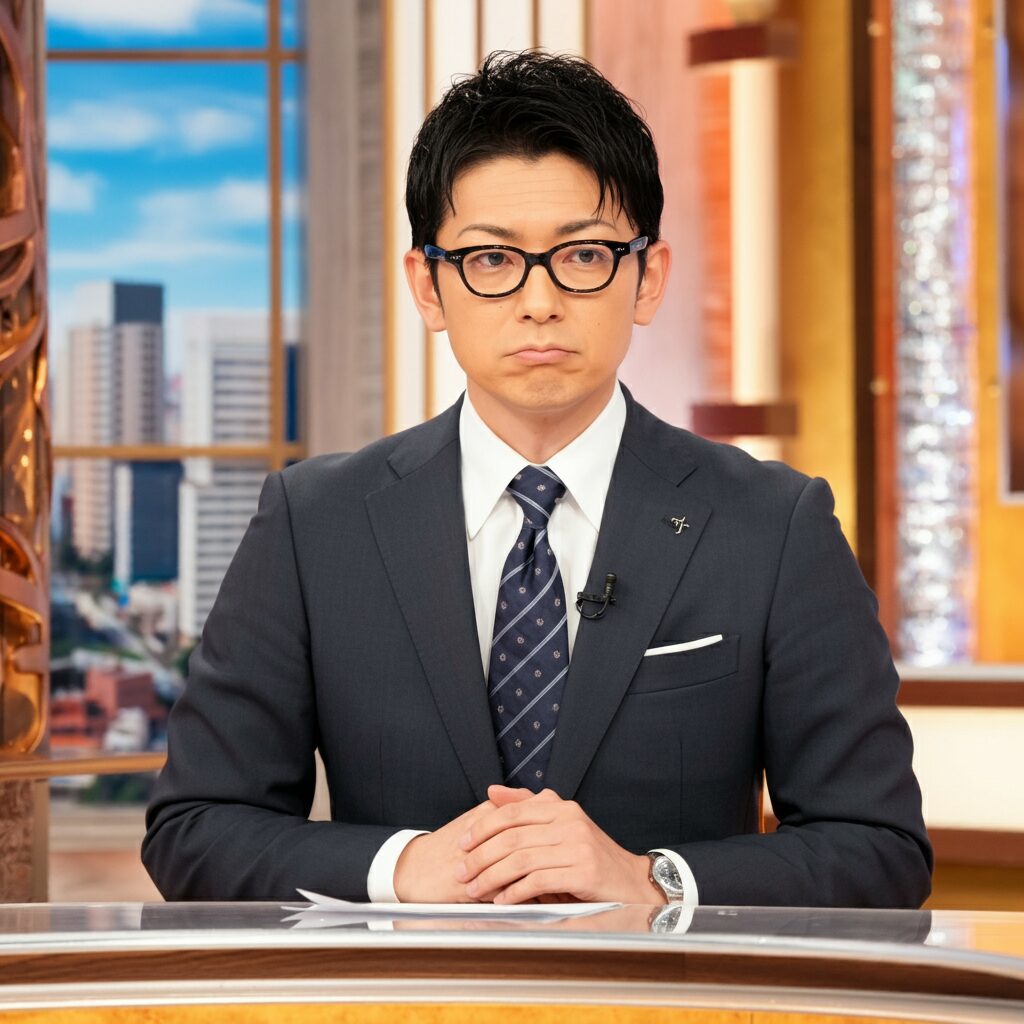
Stepping into History: A Journey to Emperor Meiji’s Fushimi Momoyama Tomb in Kyoto
Imagine standing at the foot of a majestic, verdant hill, feeling the weight of history all around you. This isn’t just any hill; it’s the final resting place of Emperor Meiji, the pivotal figure who ushered Japan into the modern era. A visit to the Fushimi Momoyama no Misasagi (伏見桃山陵), Emperor Meiji’s tomb in Fushimi, Kyoto, is more than just a sightseeing trip; it’s a journey through time, a chance to connect with a transformative period in Japanese history, and a moment of profound reflection.
Published in the Japan Tourism Agency’s multilingual commentary database (観光庁多言語解説文データベース) on June 17, 2025, at 06:26, this location is clearly being highlighted as a significant cultural and historical site for both domestic and international travelers. So, why should you add it to your itinerary?
Emperor Meiji: The Architect of Modern Japan
Before delving into the tomb itself, understanding Emperor Meiji’s significance is crucial. He reigned from 1867 to 1912, a period known as the Meiji Restoration. This era marked the end of the feudal shogunate and the beginning of rapid modernization. Imagine Japan transitioning from a secluded, agrarian society to a global power in just a few decades. Emperor Meiji was at the helm of this incredible transformation, embracing Western ideas in governance, industry, and military strategy, while simultaneously preserving elements of Japanese tradition and culture. He was, in essence, the architect of modern Japan.
A Tranquil Sanctuary in Fushimi
The Fushimi Momoyama no Misasagi is located in the serene and historic Fushimi district of Kyoto. This area is known for its sake breweries, its picturesque canals, and its connection to the final days of Toyotomi Hideyoshi, one of Japan’s great unifiers. The tomb itself is a kofun, a traditional Japanese burial mound, reflecting the country’s ancient burial practices.
The tomb is characterized by its simplicity and elegance. It’s not ostentatious or overly ornate. Instead, it’s a place of quiet dignity, surrounded by lush greenery and a sense of profound peace. The pathways leading to the tomb are meticulously maintained, creating a calming and contemplative atmosphere. You’ll find yourself walking in silence, not out of obligation, but out of a genuine respect for the history and the person buried there.
What to Expect During Your Visit:
- Accessibility: The tomb is relatively accessible, although there may be some gentle slopes to navigate. Ensure you wear comfortable shoes for walking.
- Respectful Attire: This is a sacred site, so dressing respectfully is essential. Avoid overly revealing clothing.
- Photography: Photography is generally permitted, but be mindful and respectful. Avoid using flash photography.
- Information: While the multilingual database highlights this site, information in English on-site might be limited. It’s recommended to research beforehand or bring a translation app.
- Combine with Other Fushimi Attractions: Make the most of your trip by exploring other attractions in Fushimi, such as the Fushimi Inari Shrine (with its thousands of vibrant red torii gates), the Gekkeikan Okura Sake Museum, and the Teradaya Inn, a site of historical significance related to the Meiji Restoration.
Why This is More Than Just a Tourist Spot
Visiting Emperor Meiji’s tomb is a unique opportunity to:
- Connect with Japanese History: Understand the pivotal Meiji Restoration and its impact on modern Japan.
- Experience a Sense of Place: Feel the tranquility and reverence that permeates the sacred grounds.
- Reflect on Transformation: Consider the incredible societal changes that Japan underwent during Emperor Meiji’s reign.
- Appreciate Japanese Aesthetics: Admire the simplicity and elegance of the traditional tomb design and its surrounding natural beauty.
Planning Your Trip:
- Best Time to Visit: Spring (cherry blossom season) and autumn (fall foliage) offer stunning scenery, but expect larger crowds.
- Transportation: Fushimi is easily accessible by train from Kyoto Station.
- Accommodation: Kyoto offers a wide range of accommodation options to suit all budgets.
- Learn a Few Basic Japanese Phrases: Knowing a few basic phrases like “Konnichiwa” (Hello) and “Arigato” (Thank you) will be appreciated.
In Conclusion:
The Fushimi Momoyama no Misasagi is more than just a tourist destination; it’s a pilgrimage to the heart of modern Japan. It’s a chance to connect with history, to experience tranquility, and to reflect on the transformative power of leadership. So, when planning your trip to Kyoto, don’t just tick off the popular attractions. Take a moment to step back in time and pay your respects to the Emperor who shaped the Japan we know today. It’s an experience you won’t soon forget. You’ll leave with a deeper understanding of Japanese history, a sense of peace, and a profound appreciation for the legacy of Emperor Meiji. And who knows, you might even discover a newfound appreciation for sake along the way!
Stepping into History: A Journey to Emperor Meiji’s Fushimi Momoyama Tomb in Kyoto
The AI has delivered the news.
The following question was used to generate the response from Google Gemini:
At 2025-06-17 06:26, ‘Emperor Meiji’s Fushimi Momoyama Tomb’ was published according to 観光庁多言語解説文データベース. Please write a detailed article with related information in an easy-to-understand manner, making readers want to travel. Please answer in English.
229